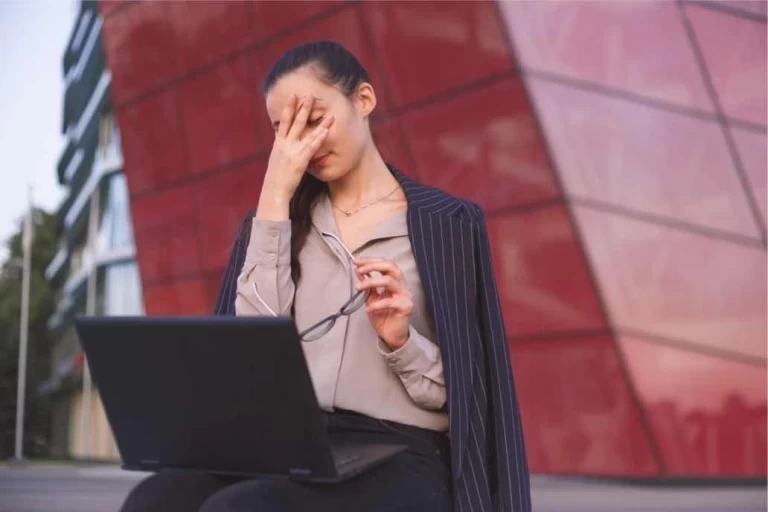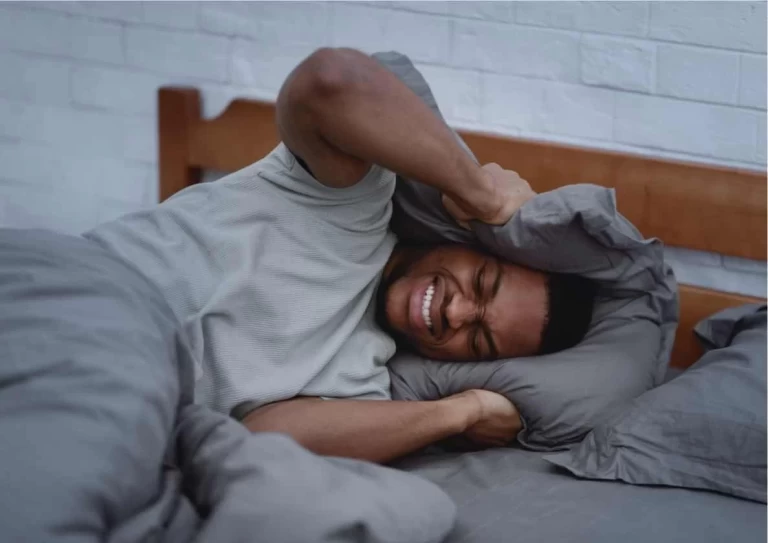
Sub-occipital Muscle Tone and How It Relates to Traumatic Brain Injury Treatment
Interestingly, the research found that there was a correlation between the increased tone of the rectus capitus posterior minor muscle and an increase in symptom severity. In a blog written on headaches, we briefly describe the relationship between the rectus capitus posterior minor and its dural attachment to the spinal cord. Why is this significant?
Neurological Consequences of a Traumatic Brain Injury
Traumatic brain injuries have dual consequences. The most obvious is that a brain injury has far-reaching effects on health and cognitive performance. Depending on the severity of the brain injury it can take years for the brain to heal and in many cases, the individual is a shell of their former self.
The second consequence of traumatic brain injury is neck injury. A trauma that is substantial enough to cause brain injury also damages the upper cervical spine. The head-neck relationship is the most complex and unstable junction of the spine. Mainly because the head weighs 10 - 12 pounds and the atlas weighs 2 ounces. This junction is held together by muscles and ligaments and as a consequence when someone has a head injury this junction is injured.
Upper Cervical Chiropractic and Traumatic Brain Injury TBI
When the upper neck sustains an injury, the muscles that connect the head to the neck become spastic. Because the rectus capitis posterior minor muscle attaches to the sheath that covers the spinal cord it causes dural stress and cord irritation. Cord irritation can be the underlying cause of headaches, neck pain, and cognitive issues. Anyone who has had a traumatic Brain Injury should seek proper medical care and in combination be checked by an Upper Cervical Doctor.
Upper Cervical Doctors are trained in identifying spinal misalignments that occur at the neck skull junction. Neurological tests are used to determine if cord irritation exists. Then x-rays are taken of the joints that connect the skull to the first cervical vertebra. Once the misalignment direction is determined a precise correction is made to restore normal joint motion and reduce brain stem irritation. Healing occurs when impediments to normal functions are removed.



